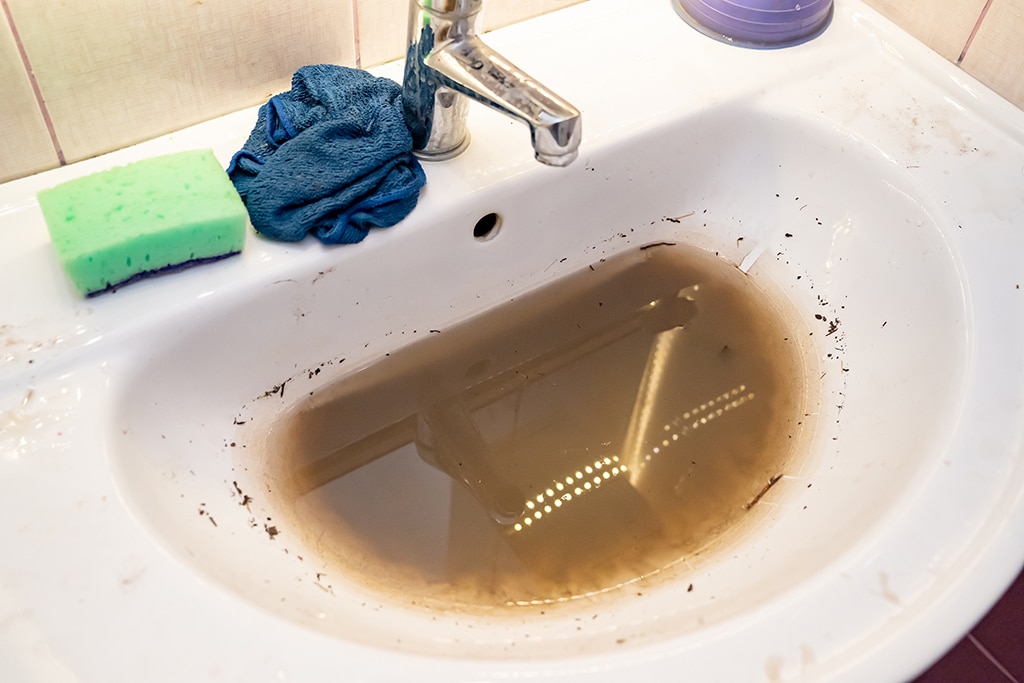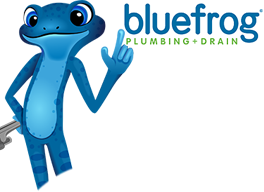
Photo By Maria Saifutdinova at istock
For water to flow normally in your home’s plumbing system, it needs to be at a consistent pressure to effectively serve all the outlets. This pressure may reduce when the pressure in the main supply reduces either due to extreme water demand or if a fire hydrant is opened. The reduced pressure may result in contaminated water being drawn into the main supply. This scenario is referred to as backflow.
Backflow could contaminate your home’s water with:
- Human waste
- Chlorinated water from your swimming pool
- Pesticides and fertilizers
- Soaps and detergents from showers, dishwashers, and baths
If you notice reduced pressure in your home’s water flow, change in color, or a strong sulfur smell whenever you open a water outlet, you need to have a plumber check your system for backflow.
Although the U.S. is considered to have the safest public water, approximately 7.2 million Americans suffer gastrointestinal issues due to contaminated water. If nothing else, you should get a plumber to check your plumbing system every once in a while to safeguard the health of you and your loved ones.
Types of Backflow
There are two main types of backflow.
Backsiphonage
This kind of backflow occurs when negative pressure occurs in your home’s plumbing system. In effect, this creates a vacuum that sucks water backward, creating an effect that imitates drinking water from a cup using a straw. Backsiphonage mostly occurs when a fire hydrant is in use or the water flowing from your garden hose has lower pressure than the atmospheric pressure. The loss of pressure sucks contaminated water back into your home’s potable water supply line.
Backpressure
Backflow caused by backpressure occurs when your water supply’s downstream pressure is higher than the pressure at the water’s source. For example, if you install an irrigation system for your garden, the system may become clogged over time, thus increasing the water pressure. As a result, contaminated water may flow backward. Other instances that may cause back pressure include elevated storage tanks that are poorly pressurized and pump malfunctions.
A skilled plumber will diagnose the type of backflow affecting your plumbing system and fix it.
How to Prevent Backflow in Your Home’s Plumbing System
Modern fixtures such as faucets, showers, and sinks are designed to prevent any backflow issues. However, there is no harm in preventing such an occurrence by getting a professional to put up the following preventive measures:
- Creating air gaps – This is the most common technique used by plumbing professionals to prevent backflow. The professional will design the plumbing system so that there is a gap between the water’s surface and the end of any hoses used to fill your swimming pool or any other container. The gap must be twice the hose’s diameter and should not be less than an inch.
- Double Check Valves (DVC) – These are backflow preventers specifically meant for fire sprinkler systems. Double-check valves are two spring-loaded check valves assembled alongside each other along with an inlet shutoff valve. The purpose of the two valves is to ensure that should one valve fail; the other one will continue supplying your home with clean potable water. A double-check valve system is perfect if you are looking for an indoor or underground backflow prevention unit.
- Vacuum breakers – Your plumber may decide to install:
- An atmospheric vacuum breaker (AVB) – This comprises a check valve and an air vent that closes when the unit becomes pressurized. Rather than water getting siphoned into the plumbing system, the air vent draws in air. Using an atmospheric vacuum breaker is the most effective way of preventing back siphoning.
- A hose vacuum breaker (HCB) – The plumber will install an HCB connection on every hose bibb or faucet connected to your home’s potable water supply line. This device prevents backflow by opening and venting on the ground or atmosphere in case of backflow. This is achieved through a spring-loaded valve that closes in case of a pressure imbalance. As this system does not allow water between the upper section of the HCB and hose bibb, you will need to freeze protect this part.
- A pressure vacuum breaker – Designed to counter back siphoning, this backflow is made up of a dual shutoff valve and a spring-loaded check valve. It works in the same way as an atmospheric vacuum breaker, but it runs longer.
Backflow protection devices are a one-way gate. They allow water through but prevent any movement in the opposite direction.
Backflow Testing and What to Expect from Your Plumber
During backflow testing, a certified plumber will inspect any backflow prevention devices you have in place. In Rockwall, TX, this should happen annually.
When performing the backflow test, a plumber will connect a backflow testing device to your home’s supply line to establish if there are changes in pressure. The plumbing professional will then need to shut off the supply line for a few minutes to monitor the pressure levels.
If your home has multiple devices to prevent backflow, each of them will need to be tested. Should they discover that any of them has failed, they will repair it and perform a test to ascertain that the device works properly. In such an instance, you need to prepare for a water outage for around one hour.
Once the plumber has tested and certified that everything is working properly, they will issue you a backflow inspection report.
bluefrog Plumbing + Drain of North East Dallas in Rockwall, TX will not only help you with the repair of any backflow issues but will also install backflow prevention systems. We operate throughout Rockwall, TX, and its environs. We aim to remedy any problem with your home’s plumbing system right the first time. Atop backflow management, we also offer water softener installation, gas line repair, leak detection, water heater repair, and water-sewer line repair and replacement, among other services. Get in touch with us today and schedule your annual plumbing evaluation.






 Free Diagnostic - With Paid Repair
Free Diagnostic - With Paid Repair

